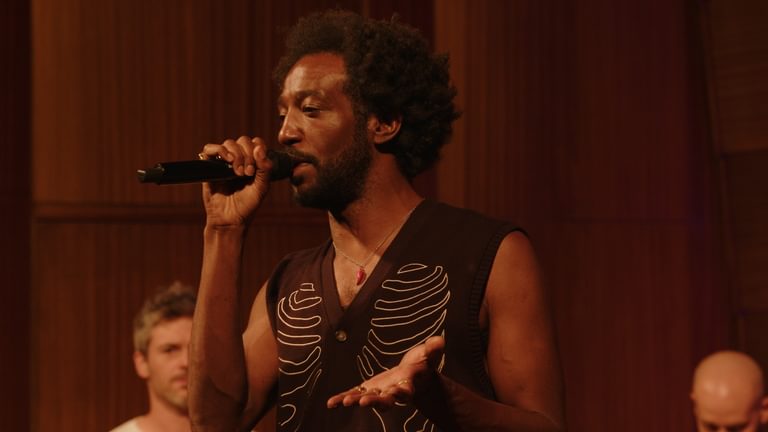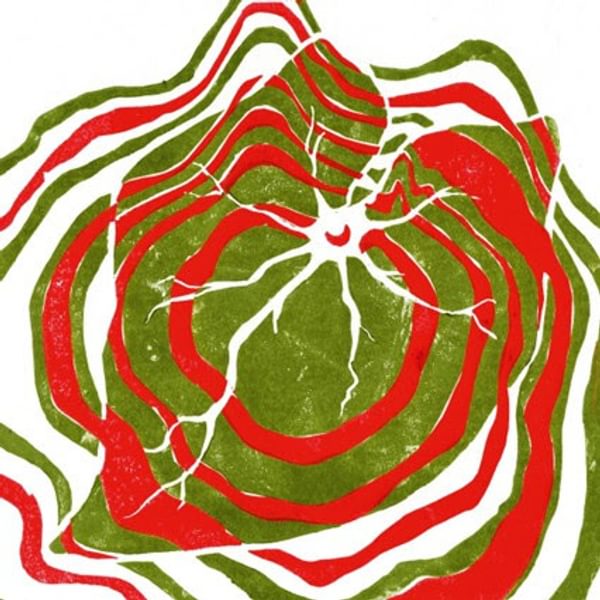
Haggai Cohen-Milo’s radical song of the earth
At the Hamburg premiere of his album Gravitations, Haggai Cohen-Milo reimagines Mahler’s Das Lied von der Erde as bold, communal, and entirely new, writes Grace Easton.
“This is a concert of completely new music,” Haggai Cohen-Milo explains plainly from the stage of the Laeiszhalle’s Kleiner Saal.
Though titled after Mahler’s Das Lied von der Erde, this performance bears only spectral traces of the original. Mahler’s voice pin pricks the vast, genre-defiant constellation from Cohen-Milo; a gravitational slingshot away from the past, its emotional pull still present but transformed.
Part of Cohen-Milo’s Gravitations project, it marks the live premiere of his new album. The project engages with Mahler, Verdi, and Debussy not as fixed monuments but as celestial bodies. “I feel like a spaceship drawn to the moon - the classical work - and then accelerating past it,” Cohen-Milo writes. The metaphor holds: what we witnessed felt less like homage and more like a sonic orbit, full of distortion, momentum, and improvisational flight.

A tight band replaces Mahler’s orchestra, with Cohen-Milo leading from the double bass, saxophonists Emma Rawicz and Maria Kim Grand, James Shipp on vibraphone and keyboard, trumpeters Philip Dizack and Justin Stanton, guitarist Tamuz Dekel, and drummers Amir Bresler and Ziv Ravitz.
Where Mahler’s original sets six Chinese poems, through Bethge’s German filter, into a massive, late-Romantic soundscape, this iteration cracks the form wide open. Two rappers replace the tenor and alto soloists, incorporating new spoken‑word texts from Stimulus (in English) and Amewu (in German). Both artists’ verses resonate with Mahler’s emotional landscape: mortality, longing, and renewal, but refracted through a contemporary, poetic lens.
The performance unfolds in the Kleiner Saal, the smaller of Laeiszhalle’s rooms. Its intimacy suits the experimental setup, offering a kind of acoustic closeness that brings the audience into the act of creation. And that, according to Cohen-Milo, is essential: “The live audience is a very active part,” he says. “When I’m in the audience, I try to take on some responsibility. Sometimes, I lean forward; sometimes, I close my eyes. I imagine if I was the drummer, I imagine if I was part of the band.”
“Song of the Earth” is perhaps the most direct nod to Mahler; its architecture loosely mirrors the structure of Das Lied von der Erde, and Cohen-Milo allows fragments of the original melody to flicker into focus. Towards the end, the theme appears almost intact but clothed in a different harmony. There’s something both ghostly and affectionate in how it’s handled: not a quotation but a reappearance, like hearing a familiar voice on an unfamiliar street.

At the other end of the spectrum is “Lacrimosa Part Two.” If “Song of the Earth” is the gravitational tether, this track is the release into deep space. Led by Stimulus, the track melds rap, ambient electronics, and lyrical improvisation into something wholly its own. The words trace grief, identity, loss, and defiance; Cohen-Milo’s textures are darkly playful, undercutting sentimentality with rhythmic tension. It’s a track that refuses to sit still, and in doing so, it crystallises the central tension of Gravitations: how to honour the emotional truth of classical works while dismantling their sonic architecture.
Cohen-Milo returns to the stage for an encore. He looks at the crowd and says, "I could tell you were listening.” And he is right. We were. In that shared act of listening, active, searching, and imperfect, we help shape something that didn’t revisit Mahler’s world; it created a new one in its image.
Get the Best Fit take on the week in music direct to your inbox every Friday

Tropical F*ck Storm
Fairyland Codex

Loyle Carner
hopefully !

Yaya Bey
do it afraid





